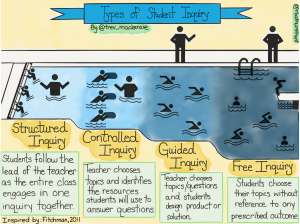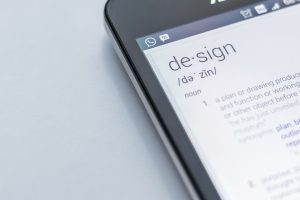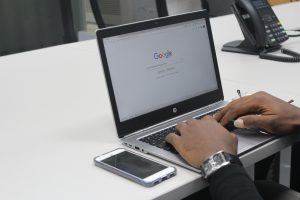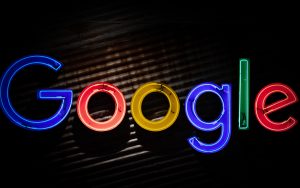Last Tuesday, my EDCI 336 class had the opportunity to visit Rebecca Bathurst’s kindergarten classroom and learn about how she incorporates technology and inquiry with her students. Unfortunately, I was unable to attend in person as I was in Vancouver that day, however, I had the opportunity to view her speech via video and hear her perspective. She began her presentation by discussing a bit about her background in teaching and her experiences prior to teaching at George Jay.
One of the first things Rebecca discusses is her “educator heart”. Her “educator heart” is essentially the morals and values that she upholds as a teacher. The image below shows a diagram of some of her core beliefs and goals that she aims to express in the classroom.

Rebecca then began to discuss how she implements inquiry-based learning into her classroom. With the students this year, they began with a guided/controlled inquiry which was much more structured than my original interpretation of an inquiry project. The image below was in Rebecca’s PowerPoint and I feel that it gives a great visual of various types of inquiry.

The first inquiry that the class did was on their families. From there, she discovered that her students were passionate about dinosaurs and then created a guided-inquiry based on them. She also discussed how she used provocations by providing an experience that would spark curiosity in the student. An example could be taking the students on a field trip then asking them “what they see, what they already know, and what they want to know”. This would be the starting point of the inquiry project and from there, the students would work towards answering their inquiry question.
The last thing I noticed while watching was how beautiful and natural Rebecca’s classroom was. The class had lots of wood-based items and things that create a calming space. She also had lots of dinosaur items for students as they are relevant to the current inquiry project the students are studying.
Overall, I really liked how Rebecca incorporated inquiry-based learning in her classroom!
-Ms. G 🙂




